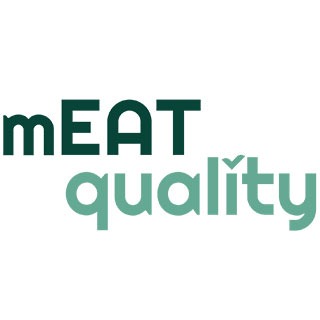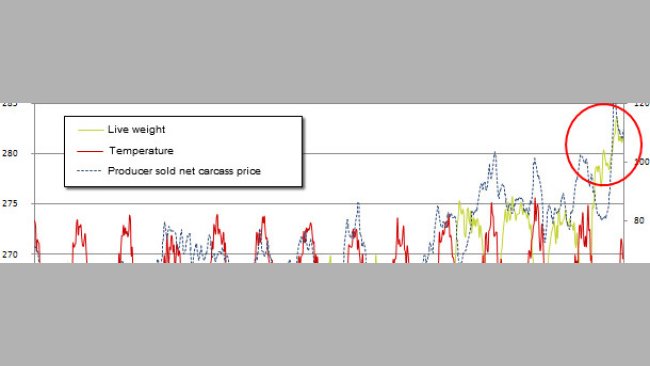
PEDV, Profits Soaring, Temperatures Rising, Weights Falling (Maybe Not So Much!)
Current pig market weights are through the roof and at all-time highs for the modern period of meat pig production. We should be noticing a big decline shortly but…
The pig sector events all around the world
Weekly newsletter with all the pig333.com updates
Swine industry news in your email
Pig health: news and articles on PRRS, PCV2, biosecurity, etc, Pig disease guide, atlas of pathology, clinical cases…
Biocheck.UGent is an independent, risk-based, scientific scoring system for assessing the quality of your on-farm biosecurity.
A visual and practical step-by-step guide on how to perform a necropsy on a pig.
All the information about ASF: how to recognize the disease, how it is transmitted, pictures of lesions, latest news, guides, etc.
Description of the most important diseases and conditions in pigs
Images of major swine diseases
Pig disease diagnostic tool
Definition for the most commonly used pig terms
Simulator that calculates the amount of drug to add to the water when using a flow dispenser.
Weekly newsletter with all the pig333.com updates
Pig Prices by countries. Pork production and trade. News of the pig market and the raw materials
The latest slaughter pig prices in the most important pig markets. Check the evolution of the historical prices in charts and in several currencies.
Latest quotations for the main commodities used in pig feed. Historical graphs with the pig price and estimated feed price.
Figures & trends in pig numbers, pork production and pork trade.
Global production and trade data for the most important raw materials
Weekly newsletter with all the pig333.com updates
Articles on nutrition and pig feeding, characteristics of raw materials and additives for pig feed. Prices of raw materials
Latest quotations for the main commodities used in pig feed. Historical graphs with the pig price and estimated feed price.
Technical sheets of the main raw materials and additives used in swine feed. They include a comparison of nutritional values from various sources, product
Global production and trade data for the most important raw materials
Definition for the most commonly used pig terms
Use this tool to diagnose problems with the feed conversion ratio. Click on the flowchart or on the buttons within the text to navigate through the different parts of the tool.
A biweekly newsletter with the latest developments in swine nutrition
Articles on genetics and pig reproduction: genetic improvement, genomics, artificial insemination, use of hormones
Compare production data, calculate the number of sow, nursery, and finishing spaces, and visualize your tasks on the work schedule by type of BMS.
Tool that allows you to calculate the replacement rate in your farm
Definition for the most commonly used pig terms
Use this tool to find out why your farrowing rate is less than ideal. Click on the flowchart or on the buttons found within the text to navigate through the different parts of the tool.
Weekly newsletter with all the pig333.com updates
Management, pig farm management, work planning in each production stage: management in gestation, grow finish, batch farrowing
Compare production data, calculate the number of sow, nursery, and finishing spaces, and visualize your tasks on the work schedule by type of BMS.
Tool that allows you to calculate the replacement rate in your farm
Definition for the most commonly used pig terms
Weekly newsletter with all the pig333.com updates
Design of facilities and equipment for pig farms: building design, climate control, feeding systems, etc.
Biocheck.UGent is an independent, risk-based, scientific scoring system for assessing the quality of your on-farm biosecurity.
Environmental Footprint Calculator along the pork value chain.
Definition for the most commonly used pig terms
Simulator that calculates the amount of drug to add to the water when using a flow dispenser.
Use this tool to explore which slurry management strategy best fits your situation. Click on the flow chart or on the buttons within the text to navigate through the different parts of the tool.
Weekly newsletter with all the pig333.com updates
What makes us stand out is the quality and independence of our contents. Find out about the authors who make it possible. Our goal is to generate a virtual community of advanced users in the sector.

Dennis DiPietre received the BSA and MS degrees from the University of Arkansas and the Ph.D. with Research Excellence from Iowa State University in 1986. During this period he was a Research Associate of the Columbia Center for Futures, Columbia University, New York. Dr. DiPietre has participated in continuing education from the USDA in Agricultural Ethics and from Harvard University (Senior Program on Negotiation) and the University of Chicago (Optimization Modeling in the Presence of Risk).
From 1991 until 1999 he served as Extension Associate Professor and Leader of the Commercial Agriculture Swine-Focus Team at the University of Missouri-Columbia. Beginning in 1999 he spent two years working in the area of e-commerce for agriculture as Director of the Food Applications Group at E-Markets, Inc. and as the Associate Director of the Center for Information Systems and Structural Change at the University of Minnesota.
A consultant to agricultural and food industries since the mid 1980s, Dr. DiPietre now consults full time both nationally and internationally with leading production companies, packers, genetics and pharmaceutical companies as well as industry associations. His practice focuses on innovation, precision production and marketing, cost containment, optimization modeling and negotiation.
A frequent speaker to pork producers, swine veterinary practitioners, industry and agricultural associations and industry management, he has co-authored a popular University textbook in Farm Management and contributed chapters to three other books as well as numerous refereed journal articles and contributions to professional meetings and societies. A published journal article co-authored by Dr. DiPietre was selected for inclusion in the Core Historical Literature of Agriculture at Cornell University, a selected compendium of the key contributions to agricultural science and literature over the last 200 years.
Dr. DiPietre is a recipient of the Missouri Governor’s Award for Quality and Productivity, and while at university, numerous teaching, advising and research awards. He is a Leman Fellow of the American Association of Swine Veterinarians (AASV).
Updated CV 23-Sep-2013

Current pig market weights are through the roof and at all-time highs for the modern period of meat pig production. We should be noticing a big decline shortly but…

The next time you hear someone over lunch tell you the value of a tenth improvement in FCR, unless they are drawing a distribution on your napkin, tell them you don’t run an average pig business so you are not interested in their average values.

Feed efficiency as it is measured by the feed conversion ratio (FCR) is basically an engineering concept. There are a lot of misconceptions about feed efficiency and even more surrounding the economics associated with it.
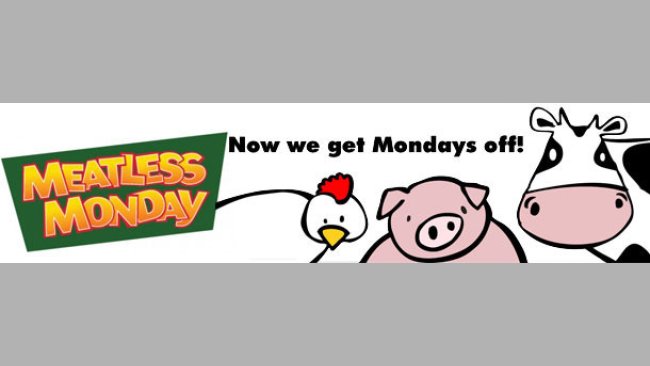
Increased prices for pork will lead to decreases in quantity demanded by the vast majority of consumers, export and domestic. This is especially the case in the current structurally high unemployment situation which has seen inflation-adjusted per capita personal income fall steadily since the market crash of 2007.

Shuanghui International’s goal is the Chinese government’s goal, to acquire long-term, low cost sources of China’s favorite meat by forming long term, low risk, globally coherent pork and agricultural resources chains and they are well on way to that goal.
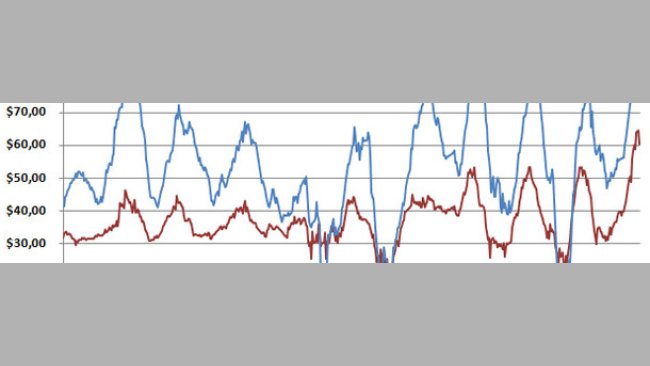
Time will tell if PEDV is the cause but weaned pig and feeder pig prices began to turn up in June, a couple of months ahead of their traditional seasonal bottoming with the turn toward seasonal highs which peak usually in February or March.
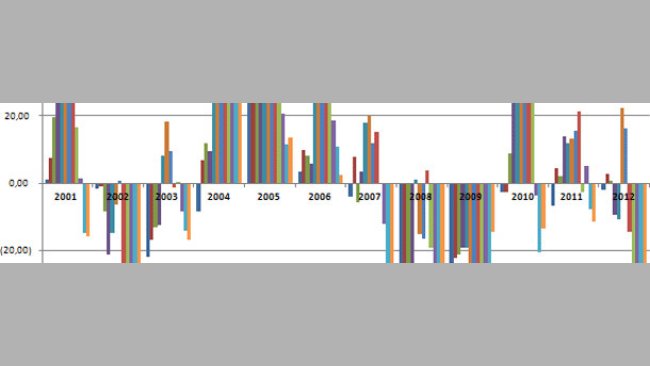
When you earn a profit, you have created more tangible value than the cost of the scarce global resources used to create your final product.
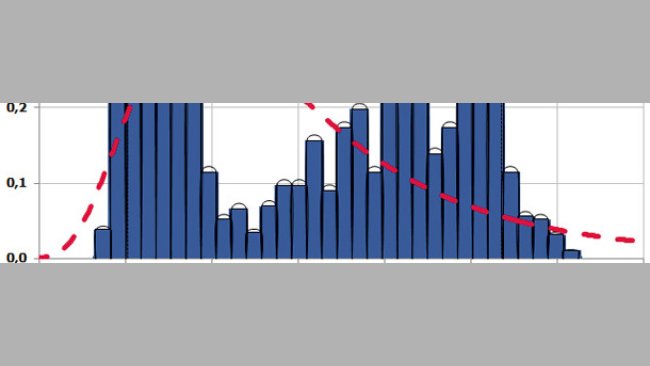
This is done by moving from single most likely value to ranges of possible outcomes with an assigned probability

Political decisions in the form of new laws, regulations, permitting requirements, etc. are extra-market forces which can cause market costs and revenues to swing significantly from the pathway set down by fundamental forces, like supply and demand.
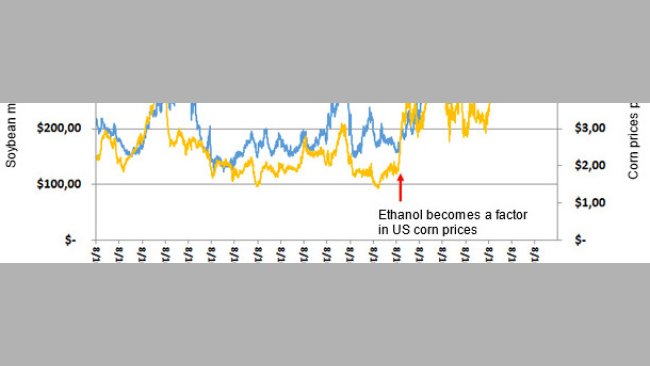
Understanding the market dynamics of feed ingredient costs is crucial not only to manage overall costs of production but to ensure effective strategies in purchasing, margin hedging, peak line of credit acquisition and liquidity or financial risk management.
Welcome to 333
Connect, share, and interact with the largest community of professionals in the swine industry.
Celebrating 166260Users on 333!
Sign upAlready a member?




